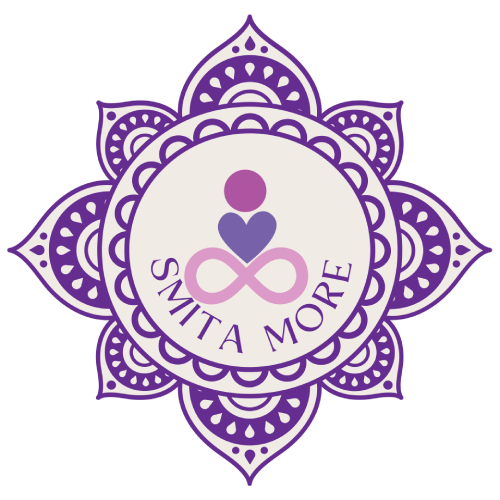You must have observed an increase in your joint pain during cold season and high incidence of air and water-borne diseases during rainy season. But have you ever thought about the reasons behind it? Well, it has something to do with the seasons. Ayurveda says, your bio-energies called doshas which are responsible for optimal health are subjected to change during different seasons. To balance the doshas and to protect yourself from adverse effects of such seasonal transition, Ayurveda recommends some regimes to be observed during each season. It is called Ritucharya where Ritu means season and charya means regime.
Shishira ritu (Winter)
- The season lasts from mid-January to mid-March where the atmosphere is dominated by chilled weather and cold winds.
- Vata doshatends to increase while deposition of Kapha occurs with reduced strength.
- Your digestive fire will be well ignited with an increased appetite.
- Prefer sweet, salty and sour tastes over bitter, astringent and pungent. Avoid light and cold food.
- Include cereals, pulses, wheat, new rice, milk products in your diet.
- Practice Abhyanga (massage), lukewarm water bath, exposure to sunlight and wear warm clothes. Avoid exposure to cold weather, staying up till late in the night, and long-distance walks as they tend to increase Vata dosha.
Vasanta ritu (Spring)
- The season marked by flowering of plants and origin of leaves, lasts from mid-March to mid-May
- The season is favorable for emergence of Kapha doshawith your strength being moderate and mild digestive fire.
- Choose easily digestible diet with bitter, pungent and astringent tastes instead of sweet and sour.
- Old barley, wheat, rice, lentils etc. can be taken. Curd, cold drinks, new grains etc. are prohibited. Ditch white sugar and be generous with honey.
- Use warm water for bathing purpose, practice Udwarthana(Powder massage) with drugs having cold potency. Avoid daytime naps.
- Panchakarma procedures like Vamana (therapeutic emesis) and Nasya (nasal inhalation of medicines) can be done during this season.
Greeshma ritu (Summer)
- The season is marked by extreme heat and unhealthy winds and lasts from mid-May to mid-July.
- Kapha dosha which got vitiated during Vasanta ritu gets pacified with deposition of Vata dosha.
- Your overall strength will be less, and digestive fire continues to be in mild state.
- Prefer sweet, unctuous, cold food and plenty of water in the form of buttermilk, fruit juices, meat soups etc.
- Warm food with dominance of salt, pungent and sour tastes should be avoided.
- Stay in cold places; apply sandalwood paste, use aromatic garlands and wear light dresses. You can take short naps during day time. Avoid strenuous exercise, alcohol and over indulgence in sexual acts.
Varsha ritu (Monsoon)
- The rainy season lasts from mid-July to mid-September.
- Your overall body strength becomes more less with deposition of Pittaand vitiation of Vata dosha along with a hampered digestive fire.
- Sour, salty and unctuous diet should be given importance along with old barley, wheat, rice, soups etc. Boiled or medicated water should be used for drinking purpose.
- Food which is hard to digest like meat is best avoided.
- Avoid getting wet in rain, exposure to wind, hard work and daytime naps. Use hot water for all purposes.
- Therapeutic enema (Vasti) is meant to be done during this time to expel the vitiated
Sharat ritu (Autumn)
- The period that lasts from mid-September to mid-November is marked by clear skies and bright sun.
- Vata doshagets pacified with increased Pitta and your overall strength will be medium with increased digestive fire.
- Easy to digest food with sweet, bitter and astringent tastes should be preferred.
- Include red rice, green gram, sugar, goose berry, honey, meat of animals of dry land etc. in your diet.
- Eat food only when you are hungry. Water purified by the rays of sun and moon should be used for drinking, bathing etc. Therapeutic purgation (Virechana) and blood-letting (Rakthamoshana) are usually done during this time. Avoid day sleep and exposure to sunlight.
Hemanta ritu (late autumn)
- The season lasts from mid-November to mid-January with cold winds.
- Your overall strength will be the highest during this period with Pitta dosha getting pacified and digestive fire being increased.
- Diet and lifestyle are like that of Shishira ritu with more use of fermented products.
- Stay warm and cosy; practice sunbath and avoid exposure to cold weather and daytime naps.
Ayurveda always emphasize more on the preventive health aspects rather than the curative side. Following Ritucharya helps you maintain the harmony of the Tridoshas and stay in alignment with the laws of nature.

